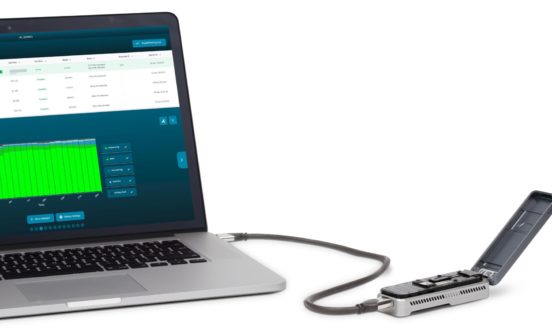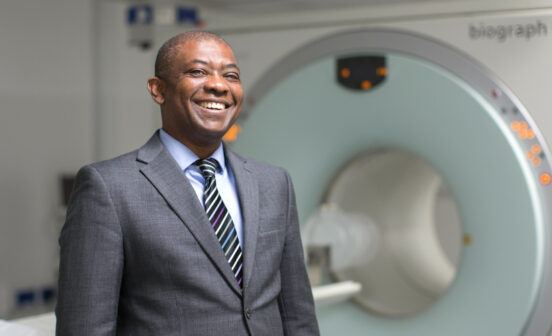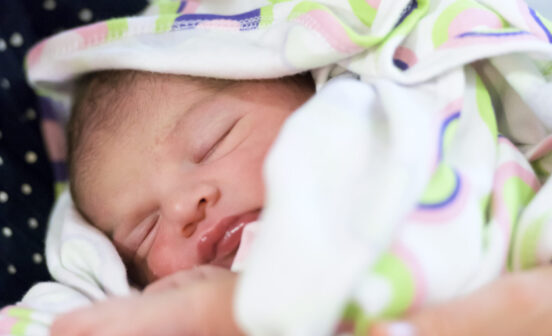DiagnosticTraining Research career pathway for non-medical clinicians: an inside view

Despite providing significant contributions to patient care on daily basis, non-medical health professionals often struggle to establish an academic research career, often due to limited support opportunities. In order to increase the number of nurses, allied health professionals (AHPs), pharmacists, and healthcare scientists engaging in clinical academic research within the Imperial College Academic Health Science Centre (AHSC), the NIHR Imperial BRC has enhanced the existing training support and introduced additional opportunities and programmes.
Mr Tim Hoogenboom, a research sonographer and fellow at Imperial College London, and a contributor to the NIHR Imperial BRC Cancer and Imaging Themes, was awarded two consecutive pre-doctoral fellowships funded by the BRC, to investigate whether ultrasound and image analysis technology can be used to assess and describe liver damage of patients. We caught up with Tim to find out about his pathway into research and career plans.
What attracted you to research in the first place and how did you get into it?
I trained in medical imaging in The Netherlands, and during my course a lot of time was spent discussing the meaning and importance of evidence based medicine. Why do we do things a certain way? Can we do better? The final year of this undergraduate course was spent working on a research project, and two other students and I had the opportunity to work on a small study involving 4D whole brain CTA scans. I hadn’t considered the option of working in anything but a clinical environment until this project, but it was exciting to work within a team of researchers to try and improve and implement new technology. When I started working after my graduation, I noticed that there wasn’t much time for this in a clinical department and I got the sense that my constant questioning of everything we did was not always appreciated. For me, it was a bit disheartening to learn that, as a sonographer, I wasn’t expected to think about what could be done differently in the department. I also had to admit that I didn’t quite understand clinical research well enough to really contribute on this, which sparked my motivation to start an MRes in Clinical Research. From there I got interested in image analysis and translational medicine, and decided to pursue this further through a PhD.
How do you spend a typical work week?
My research involves both data-acquisition and data analysis. I spend a great amount of time trying to identify and recruit patients and volunteers who are interested in research, and then scanning them in the department. Whenever I am not scanning or recruiting, I’ll be trying to develop a methodology to reliably analyse and quantify these scans. The remainder of my time is spent as a project manager trying to ensure my studies maintain regulatory approval and data is organised and stored appropriately. Occasionally I’ll be asked to advise on other imaging projects, or I’ll perform an ultrasound scan to support of other research within the department.
Can you talk a little about your research project?
Through my research I aim to use ultrasound based technology to measure the vascular architecture of the liver. The blood vessels within the liver restructure during chronic liver diseases, and there is some evidence that suggests this is related to progression of the disease, risk of developing liver cancer, and hepatic function. Current tools that measure disease severity are either costly, invasive, or inaccurate, and they don’t target vascularity specifically. So far it has been possible to visualise small blood vessels, and to obtain some hemodynamic data, but the image analysis component still needs a lot of work before I can compare different patients.
What were the main obstacles in getting into research and how did you overcome them?
The main obstacle for me has always been funding. Looking back, the decision to quit my job, pack my bags, and move to London in order to study in a subject that does not have a clearly defined career path at the end of it, posed a significant financial risk. I was only able to do this because I did not have any commitments such as a mortgage or partner, I imagine not everyone is in a position to take such a risk. Supporting my research and salary has at times been challenging, in part because there haven’t always been many feasible resources available, and research funding can be quite competitive. After completing my MRes it took me nearly two years to find sufficient funding to start my research, although it was not challenging to find work as either a sonographer or in research (I worked as a Clinical Research Associate II for some time).
The [NIHR Imperial] BRC-funded fellowships have been incredible in that regard, in part because their conditions are realistic for AHPs, who may not have the same support networks in place as medics or established researchers do. The competitive nature of these grants has helped overcome another obstacle I’ve encountered, which is my own feeling of validity as a researcher. Anytime I encountered some funding or support that was not accessible to me solely because I did not meet the ‘medic’ tick-box of an application form, there’s an inkling of doubt about whether my research, and my development as a researcher, is valid. Being able to apply for, and be awarded, research grants, with a project of my own design, has helped me overcome this doubt.
Has research helped your clinical practice and career? What are your future career plans?
I’ve definitely grown more confident with my clinical work, though it is difficult to say if this is due to an increase in experience or a better understanding of research. Working in a research environment has taught me to be more proactive in anticipating and overcoming obstacles, and I’ve learned to approach things more critically and to generate new questions. Upon completing my PhD, I hope to continue working in a field where I can apply these new skills regularly, either as an academic or clinical researcher in translational medicine or in industry.
What would be your message to non-medical professionals looking to engage in research?
There is more funding and support available for non-medics interested in research than I was aware of when starting myself. If you are interested in research, have questions, or are just curious, I highly recommend reaching out and learning more. It may lead to a different career path than you had initially envisioned, or a personal and professional development that you’re missing in your current role. You have a lot of control with regards to what skills you want to learn, and how you spend your time. Non-medics should be involved in research that will ultimately impact how we do our job. I think it is important to engage with funding and research organisations to promote non-medical professionals in research, and our professional bodies should support us in this.
Equally, I think it is important for funding organisations to examine the research grants they have available for non-medics. If your grant is undersubscribed, I can tell you this is not because there is a lack of interest or talented professionals, it is because the grant comes with unfeasible conditions, a low salary, or the application requires a level of detail that can only be achieved if you are already a full-time researcher embedded in an institution.
You can find out more about medical imaging and Tim’s work in his blog post.
One of the fellowships Tim was awarded is currently open for applications: the Pan-London Cancer Research Fellowships scheme are currently calling for project proposals, to be submitted to RM Partners by 25 March 2018. For more information, go to their website.
The NIHR Imperial BRC co-funds pre-doctoral fellowships with Imperial College Healthcare Charity and with RM Partners, to provide non-medical healthcare professionals with the opportunity to undertake a research project and to prepare the ground for future research applications and an academic career.






